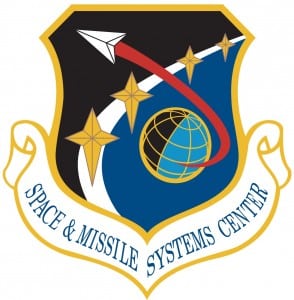
The Air Force did not evaluate, nor establish clear or concise goals, for a two-year old pilot program that was supposed to give it flexibility to hire civilian acquisition personnel rather than hiring additional contractors, according to a Government Accountability Office (GAO) report released Monday. In its report, Defense Acquisition Workforce: The Air Force Needs to Evaluate Changes in Funding for Civilians Engaged in Space Acquisition (GAO-13-638), GAO said the pilot program moved funding for Space and Missile Systems Center…













